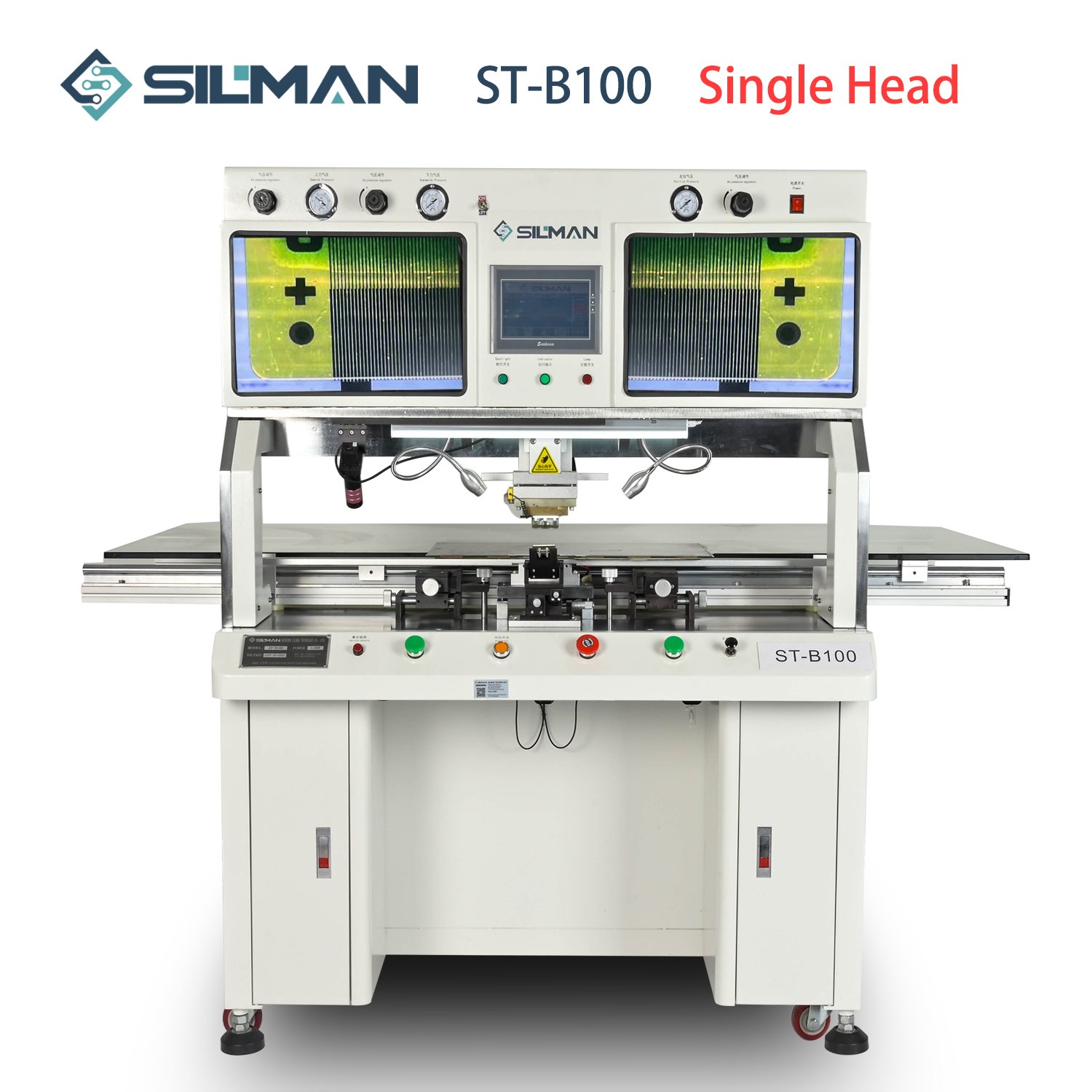Selective wave soldering is a new type of wave soldering designed to meet specific welding requirements. It consists of flux spraying, preheating, soldering, and PCB (Printed Circuit Board) transportation. Unlike traditional wave soldering, Selektives Wellenlöten allows for the setting of soldering parameters for each solder joint. This provides a more flexible process adjustment space, leading to significantly improved soldering reliability.
Reasons for the Emergence of Selective Wave Soldering:
The increasingly fierce competition in the electronics market has brought significant quality and cost pressures to electronics manufacturing companies. The high-density and miniaturization trends in electronic product manufacturing processes have driven the rapid development of Surface Mount Technology (SMT). Traditional wave soldering processes can no longer meet the soldering needs of the remaining minority of through-hole electronic components. Manual soldering methods struggle to achieve high-quality and efficient soldering for large heat capacity or fine pitch electronic components. Additionally, the advantage of manual labor cost over machine equipment cost is gradually diminishing.
Vorteile des selektiven Wellenlötens:
Selective wave soldering offers several advantages over traditional wave soldering methods. These advantages include:
- Enhanced soldering reliability
- Higher PCB cleanliness
- Reduced soldering costs
- Minimized thermal shock to the boards
- Nearly perfect solder joints
- Lower labor and rework costs compared to manual soldering
- Excellent solder joint consistency
- High work efficiency
Price of Selective Wave Soldering:
The purchase cost of selective wave soldering equipment is relatively high due to its complex functionality compared to traditional wave soldering. Additionally, the construction of selective wave soldering machines is more intricate, contributing to higher production costs. Furthermore, mainstream selective wave soldering equipment is still primarily imported, with domestic production only just beginning. As market demand increases and competition intensifies, the prices are expected to vary. Currently, imported selective wave soldering equipment is priced around 900,000 to 1.5 million RMB, with dual-head machines being more expensive. Domestic brands range from 500,000 to 700,000 RMB, and offline small-scale selective wave soldering equipment is priced around 250,000 to 500,000 RMB.
Selective wave soldering offers advanced capabilities that cater to specific soldering requirements, making it increasingly popular among electronic manufacturing companies. For further inquiries or clarifications about selective wave soldering, one can conduct additional research online or consult with manufacturers like Silman Tech for detailed information. We hope this article has been helpful to you.
